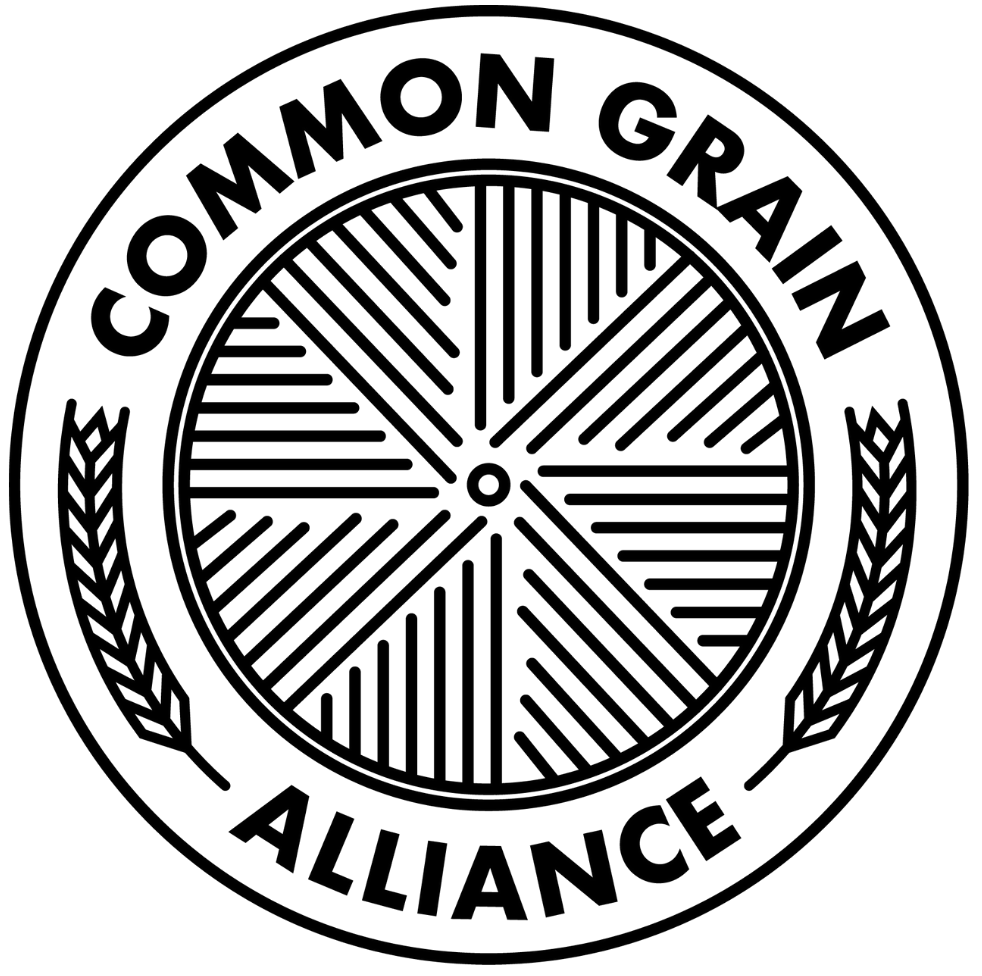What is “modern” wheat?
Wheats bred after 1969 will need to be grown under high Nitrogen, regardless of their traits. Modified from source.
The term “modern wheat” gets tossed around a lot, but what does it actually mean? I got a little closer to an answer that I like by reading this review by P.R. Shewry and talking to one of CGA’s growers.
Some people think of modern wheat dating back to the first known domesticated wheat, which emerged about 10,500 years ago, but I think most people think of modern wheat as that which has been bred for the vast farms and industrial processing that emerged in America following WWII, and I tend to agree. This consolidation was made possible by dwarfed wheat varieties that were developed by Norm Borlaug in the fifties and sixties. He won the World Food Prize and the Nobel Peace Prize for feeding millions of people, but this accomplishment, often referred to as the “Green Revolution,” is widely criticized for creating widespread dependence on chemical agriculture, obliterating small and mid-size farms, and emphasizing yield over flavor and nutrition. I’m not going to wade into that controversy here, but I would like to draw the reader’s attention to two features of modern wheat to pay attention to.
First, the 1969 release of the first dwarfed wheat was revolutionary because it allowed wheat to be heavily fertilized, which increased yields. When earlier and taller varieties are fertilized in the same way, they lodge, or fall over, which makes harvest difficult. To my knowledge, all current breeding programs develop varieties under highly fertile conditions, regardless of their breeding goals.
Which brings me to the second point. While most breeding programs work on developing wheat varieties suited to industrial processing, some modern breeders, like Heather Darby of the University of Vermont, are working on developing wheats with traits that are interesting to farmers who use more sustainable practices, like the ability to compete with weeds, and disease resistance, and food-quality traits that appeal to artisan bakers. One modern variety, NuEast, which is popular with both CGA growers and bakers, was released in 2009 by David Marshall of the Plant Science Research Unit in Raleigh, NC. Growers love it because it yields well, doesn’t lodge, and resists sprouting in our inevitably moist harvest conditions (which severely degrades the quality of the grain). Bakers love it because it responds well to natural fermentation and other artisan techniques.
The upshot for growers then, is to know when your wheat variety was bred; if after 1969, it will need to be fertilized heavily like other modern wheats. Also, modern breeding programs hold the key to success for small and mid-size growers who struggle with wheat and disease pressure but who don’t want to use chemicals. It is our job to let them know what traits we want.
What traits are on your wish list? Let us know in the comments.
Acknowledgement: Many thanks to A. Cooper for drawing my attention to the importance of knowing the breeding date of your wheat variety.
This material is based upon work that is supported by the National Institute of
Food and Agriculture, U.S. Department of Agriculture, under award number 2019-
38640-29878
through the Southern Sustainable Agriculture Research and Education program
under subaward number LS20-327. USDA is an equal opportunity employer and
service provider.
Any opinions, findings, conclusions, or recommendations expressed in this
publication are those of the author(s) and do not necessarily reflect the view of the
U.S. Department of Agriculture.



